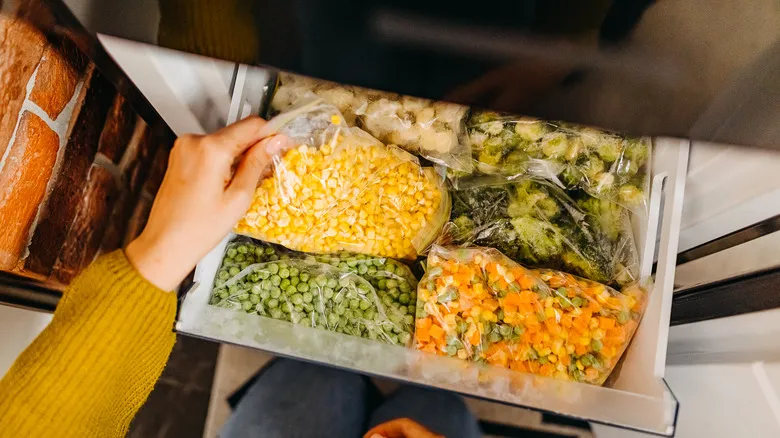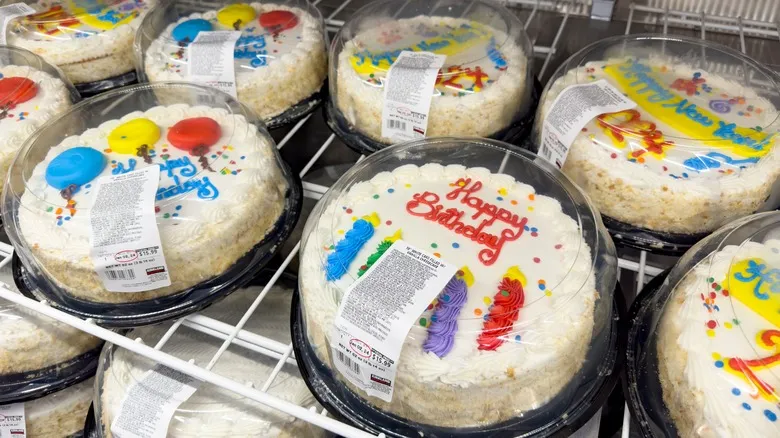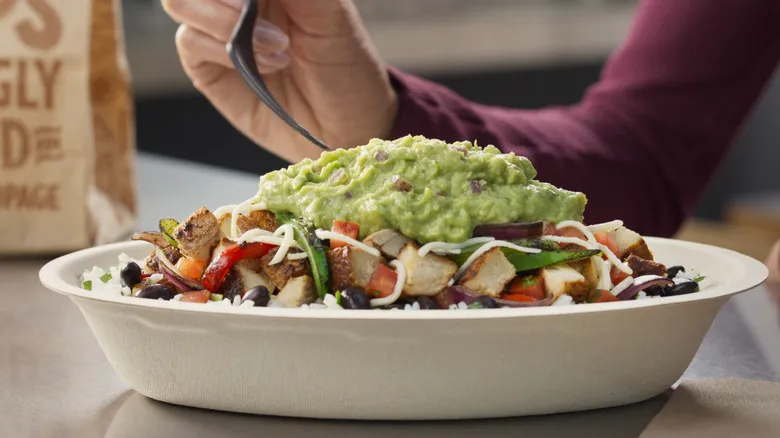Secrets to freezing ingredients for pasta salad

Here are some tips for freezing pasta salad ingredients effectively. Begin by cooking the pasta until it's al dente to maintain a firm center. To cool the pasta quickly, either rinse it under cold water or spread it out on a chilled baking sheet in the refrigerator. Once cooled, flash freeze the pasta on a baking sheet in the freezer, then transfer it to a freezer-safe container to keep the pieces from sticking together.
While pasta salad is delicious with fresh vegetables, not all veggies freeze well without losing quality. Peas, corn, broccoli, and carrots are excellent options, and you can even purchase them frozen for convenience. However, vegetables with high water content, like most lettuces, greens, and cucumbers, tend to become mushy when frozen. It's best to add these fresh on the day you prepare your salad for optimal taste.
Oil-based dressings and vinaigrettes, such as Italian dressing, balsamic vinegar, and soy sauce, can be frozen and thawed for use in pasta salad. A handy tip is to freeze individual portions in an ice cube tray, allowing you to easily take out just what you need for your dish. On the other hand, many pasta salads feature creamy dressings made with mayonnaise, Greek yogurt, or sour cream, which do not freeze well and are best prepared fresh.
Recommended

Why It's Time To Start Storing Costco Muffins In The Freezer

Why Do Baby Carrots Get Slimy And Are They Safe To Eat?

The Step You Need To Take Before Buying A Costco Sheet Cake

Store Your Guacamole Like Chipotle And Thank Us Later
Next up

